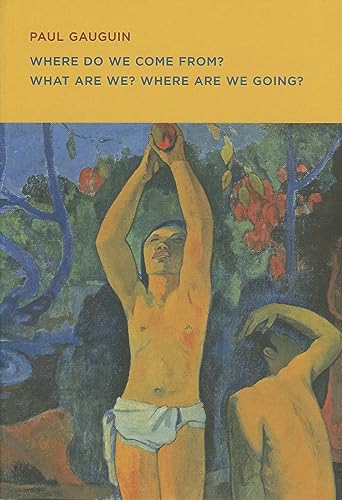The life of Paul Gauguin (1848–1903) is one of the richest and most mythic in the history of Western art. Abandoning a career in banking, a family and his homeland, in the last decade of the nineteenth century he sailed from France to the South Seas to seek a life “in ecstasy, in peace and for art.†During his years in Tahiti, Gauguin brought forth a wealth of astonishing paintings, culminating in this monumental meditation on what he called the “ever-present riddle†of human existence posed in the work’s title. This compact introduction to Gauguin’s masterpiece explores its relation to European models as well as to the artist’s own companion pieces.

